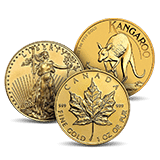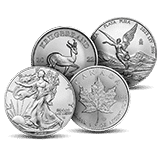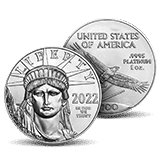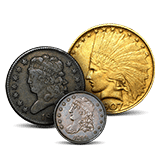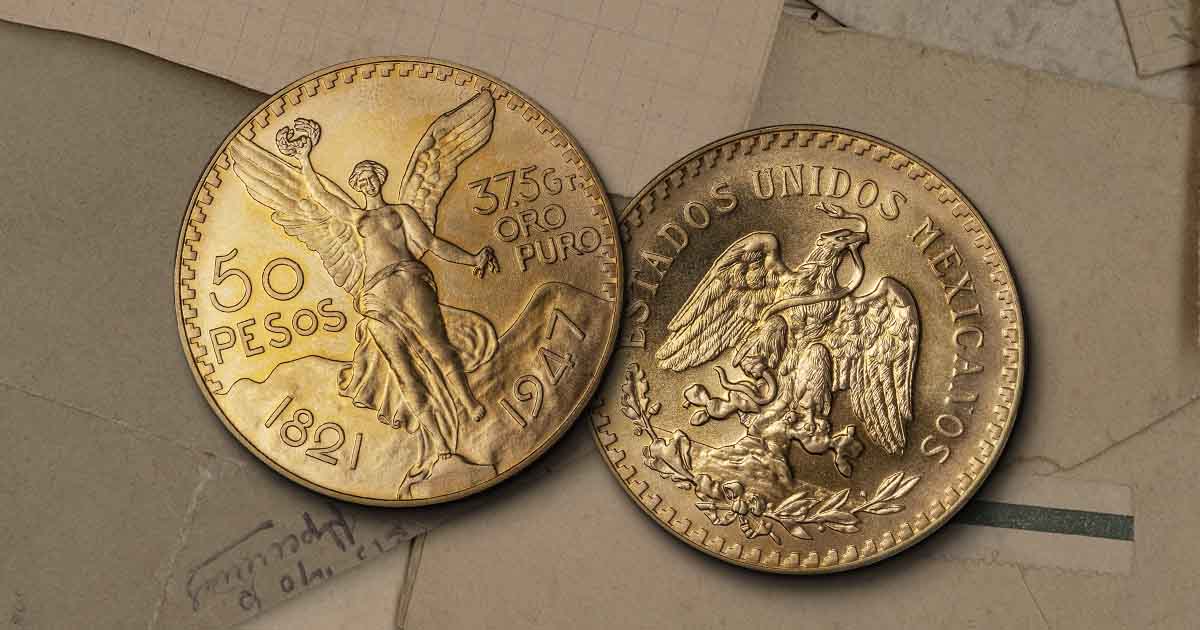
New die restrike coins are coins that have been restruck from the original coin die, which is the metal stamp used to mint coins. The name can be slightly misleading since it may seem to imply that the coin was struck from a new die but that is not the case.
Most new die restrike coins will bear a date older than the current year. New die restrike coins will almost always be produced by the original issuing body unless the original coin dies become the property of another group or private organization.
Why are New Die Restrike Coins Issued?
A new die restrike coin may be produced for several reasons.
Historical Reissues
Some coins gain public favor with unique designs that gain historical significance as the years pass. When minting authorities choose to reissue these coins on anniversaries or to commemorate memorials, some use the original coin die when they are available.
One of the most well-known restrike coins is the Maria Theresa Thaler (MTT), which has been struck since the 16th century and has gained favor across the world.
The MTT was struck from 1741 until Maria Theresa’s death in 1780, when her son, Joseph II allowed the Austrian Mint to continue producing the MTT using the 1780 coin dies. Every Maria Theresa Thaler struck since 1780 has born a 1780 date. There were around 245 million MTT’s struck by 1931 and an estimated 20% of these circulated in Ethiopia. Today it is difficult, if not impossible, to differentiate these from one another.
Historical Reissues by a Private Organization
One new die restrike struck by a private organization is the 1861 Confederate half dollar. After the Civil War ended, coin dies from the New Orleans Mint was in the possession of the New Orleans Mint chief coiner, Benjamin F. Taylor. Taylor. Taylor sold this die to a coin dealer named Ebenezer Locke Mason, who in turn sold the die to John Walter Scott. Scott then restruck 500 1861 Confederate half dollars using the die and 500 authentic 1861 Liberty Seated dollars.
Error Corrections
When there are errors, imperfections, or otherwise needed changes to a coin design, it may be more cost-efficient to correct the error than to produce a new coin die.
Continued Demand
When coins have consistent demand over time, a mint may elect to issue more of them. As a result of continuing demand, the Mexican Mint’s 1947 50 pesos coin was restruck with the 1947 coin dies in 1949 and was issued with the 1947 date until 1972.
Are New Die Restrike Coins Valuable?
New die restrikes will rarely be as valuable as the original issue, but they may still have substantial value. For instance, the 1861 Confederate half dollar restrikes by Scott command a significant premium today, selling for thousands of dollars. The original issues of the 1861 CSA half dollar are more valuable but are much harder to find.
The 1947 Mexican gold 50 peso coin also has numismatic value in addition to its inherent precious metals value.
How Can I Tell if My Coin is a Restrike?
Look for signs of wear. If it has been a few years since the initial issue, original coins will demonstrate signs of wear that may be expressed as a lack of mint luster, flattened details and worn areas on the device. Since restrikes will be freshly struck from the original coin die, they will have sharp details in the design.
If you have a coin and are unsure if it is a new die restrike or an original issue, consult experienced numismatists or one of the two primary coin grading organizations.

